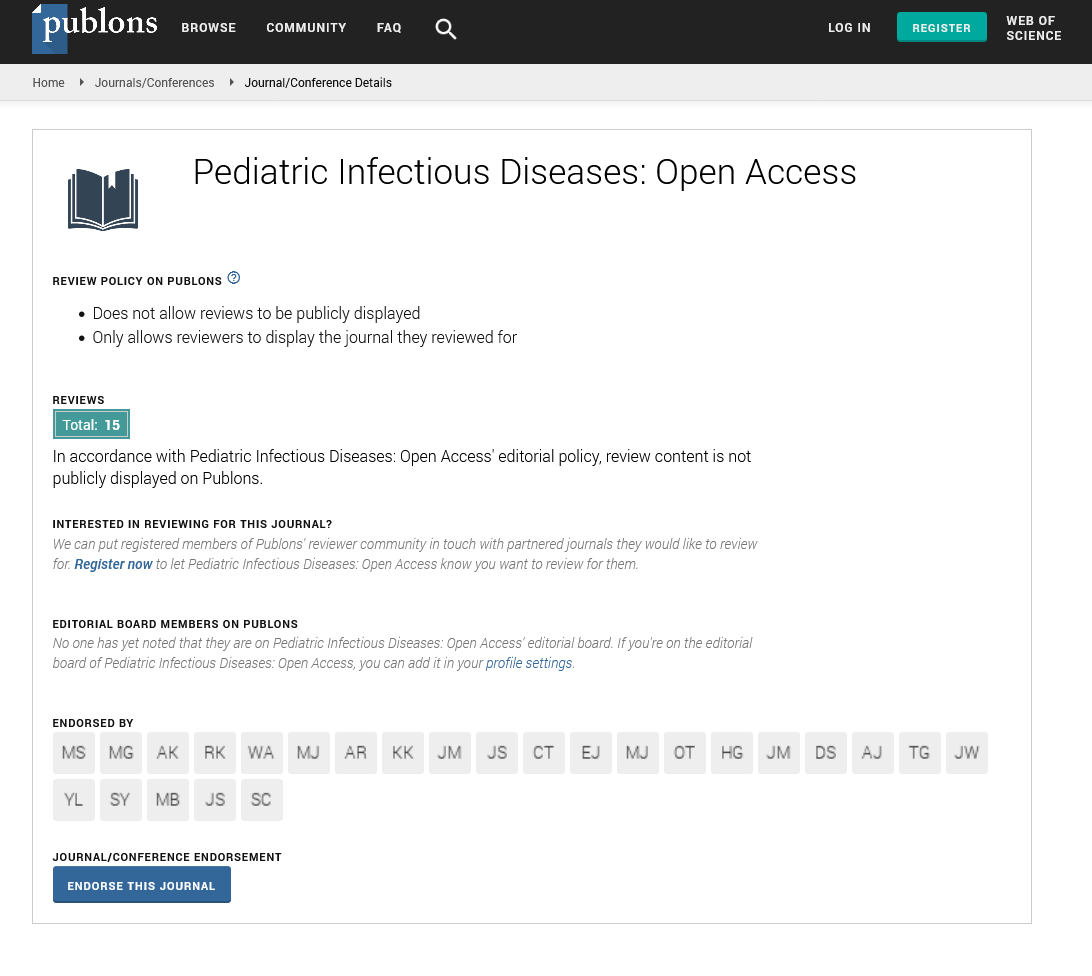Abstract
Antimicrobial stewardship in pediatric population
Antimicrobial resistance (AMR) is a universal threat. It is one of the major contributing factors for increased morbidity, mortality and health care cost in hospitalized patients including children. There have been various factors behind the rise of AMR in India. The following aspects are discussed: antibiotic resistance including associated scenario, goals and benefits of implementing ASP, why the emerging need for ASP? Including the need of ASP for pediatric age group, existing efforts in to reduce AMR, problems associated with implementation in, what can be done to reduce the AMR? Antimicrobial resistance (AMR) is the ability of a microbe to resist the effects of medication that once could successfully eradicate the microbe. Resistant microbes are more difficult to treat, requiring alternative medications or higher doses of antimicrobials. Antimicrobial resistance is a universal threat. It is one of the major contributing factors for increased morbidity, mortality and health care cost in hospitalized patients including children. To reduce antimicrobial resistance the antimicrobial stewardship programme (ASP) came into existence. An Antimicrobial stewardship programme is defined (by WHO) as the “optimal selection, dosage, and duration of antimicrobial treatment that results in the best clinical outcome for the treatment or prevention of infection, with minimal toxicity to the patient and minimal impact on subsequent resistance".
Author(s): Pramod Jog
Abstract | Full-Text | PDF
Share this

Google scholar citation report
Citations : 230
Pediatric Infectious Diseases: Open Access received 230 citations as per google scholar report
Pediatric Infectious Diseases: Open Access peer review process verified at publons
Abstracted/Indexed in
- Google Scholar
- China National Knowledge Infrastructure (CNKI)
- Cosmos IF
- Secret Search Engine Labs
Open Access Journals
- Aquaculture & Veterinary Science
- Chemistry & Chemical Sciences
- Clinical Sciences
- Engineering
- General Science
- Genetics & Molecular Biology
- Health Care & Nursing
- Immunology & Microbiology
- Materials Science
- Mathematics & Physics
- Medical Sciences
- Neurology & Psychiatry
- Oncology & Cancer Science
- Pharmaceutical Sciences


